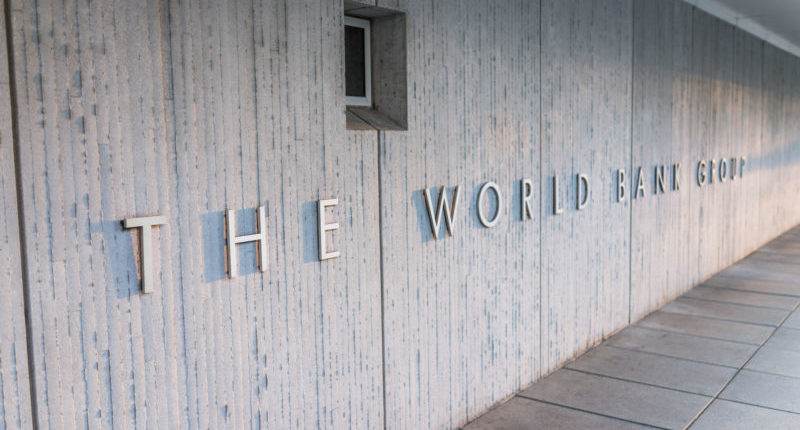According to the World Bank’s Doing Business 2020 report, India has jumped higher by 14 spots to rank 63. The World Bank has appreciated the country for showing substantial improvements made in climbing up the ladder in terms of easing the process of doing business in the country. It recalled the 130th rank of India during Doing Business 2016.
India has kept its position in the 10 top countries that have been consistently improving, for the third time in a row. The appreciation was given mainly for the reform effort made by the country. The World Bank has recognised the efforts made in four key areas—starting a business, dealing with the construction permits, trading across borders, and resolving insolvency.
With the country’s economy size in mind, the reform efforts are commendable says the World Bank. The country is also appreciated for adopting the indicators specified by the Doing Business report in designing the core of its reform strategy.
Narendra Modi’s Make in India campaign has also been an attention-grabber for foreign investors, boosting the private sector. It has been one of the major contributors to the overall competitiveness of the country.
Also Read: Slowing Economy Has No Effect on Startup Investment
The current position proves the commitment of India in achieving its goal of joining the 50 top economies on the ease of doing business ranking by the year 2020. To achieve this, all the areas measured by the Doing Business analytics team such as the focus on paying taxes, trading across borders, and resolving insolvency are carefully considered.
The report stated that the lenders in the microfinance industry of India have seen 50% lower default rates as well as higher operational efficiencies. It also held India as an example of the successful implementation of reorganisation procedures.
With reference to the insolvency regime of 2016, the report shared how burdensome it would be for secured creditors to seize companies that had defaulted on loans before the implementation of the reforms.
The new law has resolved the complexity by introducing the option of reorganising commercial entities as an alternative to liquidating and other debt enforcement methods. Further, the law assures of ways to reshape the insolvent firms and restore their financial well-being or smoothens the shutdown process.
For any clarifications/feedback on the topic, please contact the writer at apoorva.n@cleartax.in





